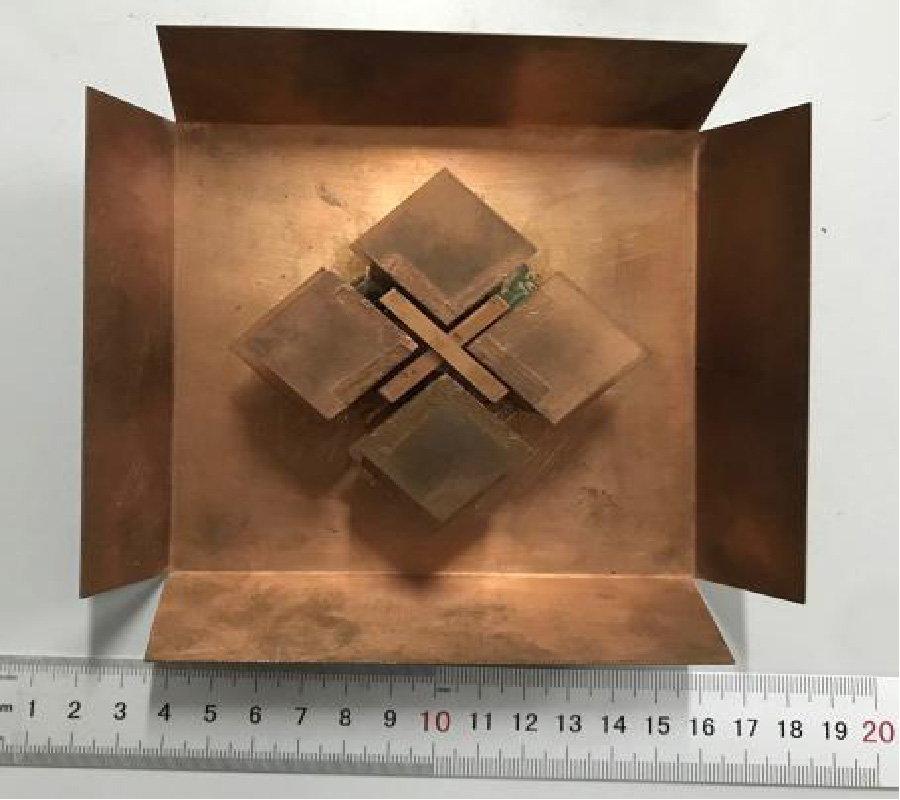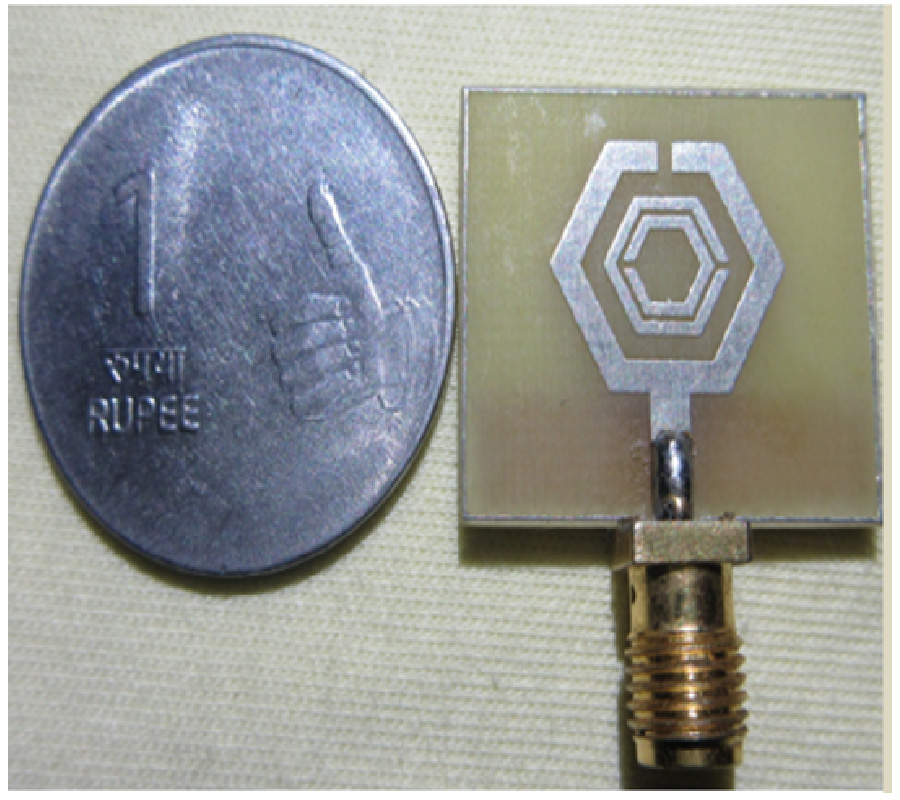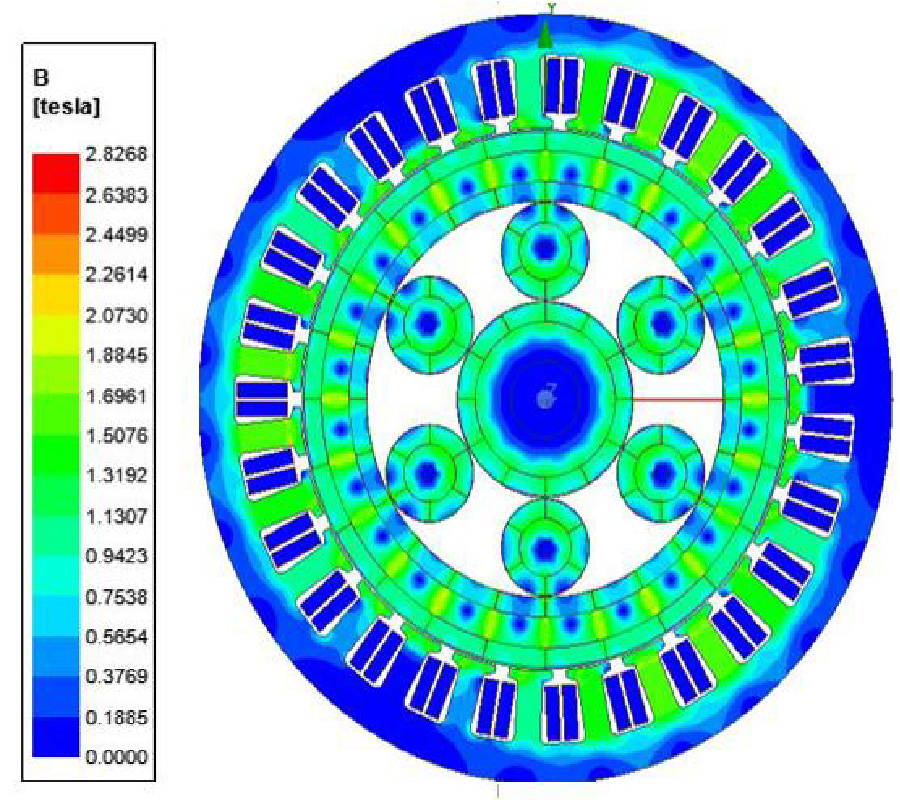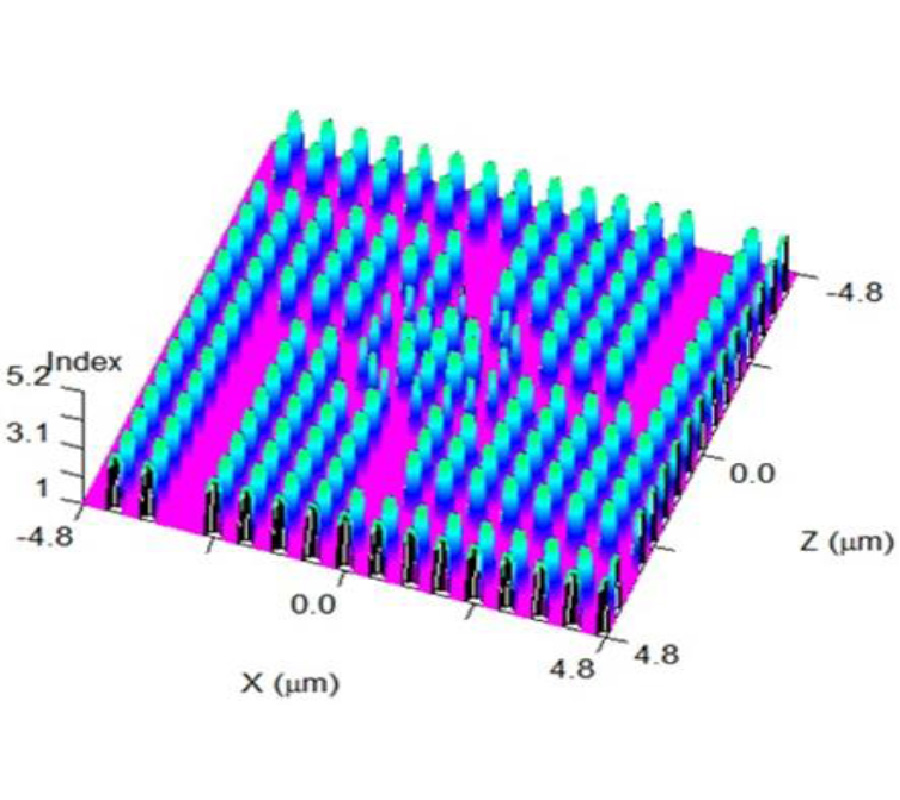Research on Channel Model of Broadband Power Line Communication Based on MTL and Radiation Effect
Xueyu Duan,
Yizhen Wei,
Donglin He,
Zili Xu,
Hong Zhang and
Wei Hua
Nowadays, the key to design a reliable communication system is to acquire channel characteristics and improve channel capacity. In the transmission of high-speed data, the unshielded transmission channel used in power line communication has interference factors such as noise, attenuation, reflection, radiation, and time-varying. A three-wire MIMO-PLC channel transfer function priori model has been established based on the theory of MTL in this paper, which is necessary for band pre-selection, power setting, and dynamic range design in a high-speed MIMO-PLC set to improve the unshielded transmission channel capacity with the effect of noise, attenuation, reaction, radiation, and time-varying factors. The simulation results with the model parameters of geometric sizes, material, surrounding medium, and lengths of the power line network agree well with the measurement ones in the frequency band of 1-200 MHz. The research results of this paper have guiding significance for the band pre-selection, power setting, and dynamic range design of broadband MIMO-PLC.



















